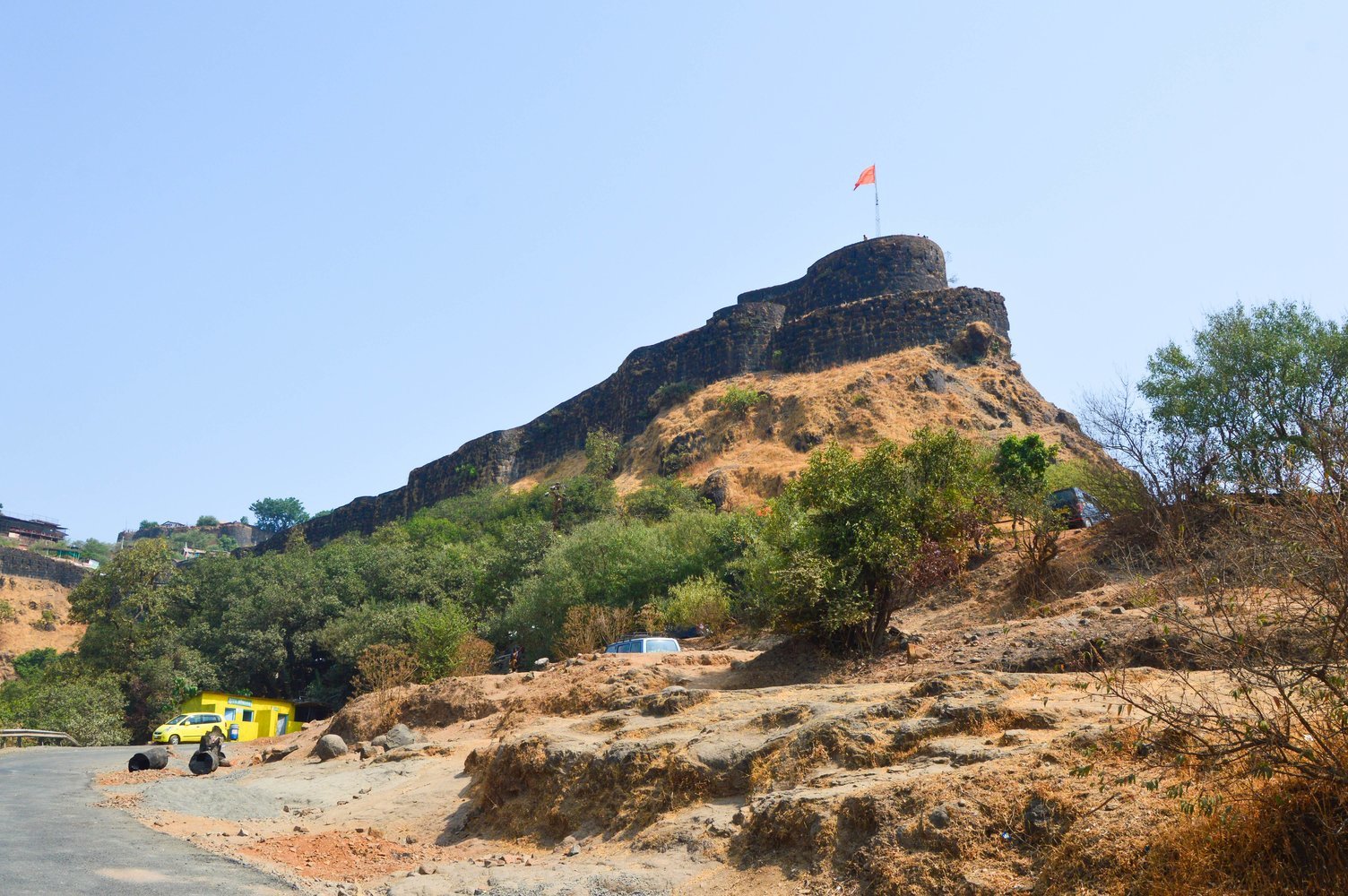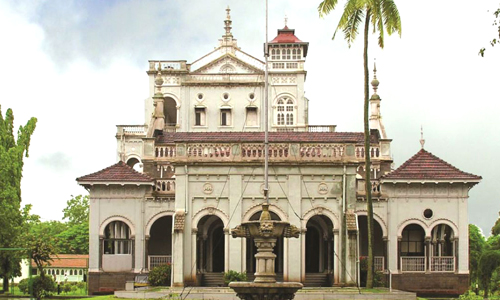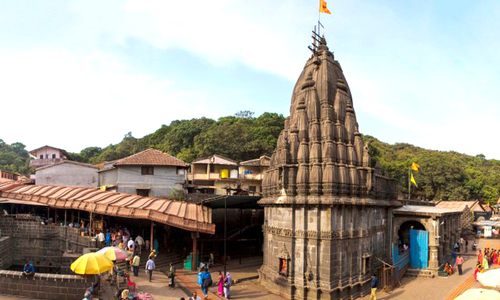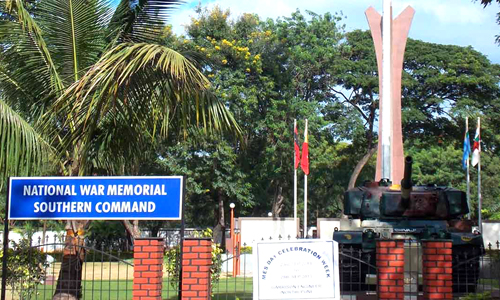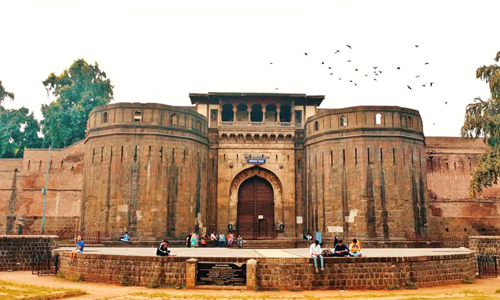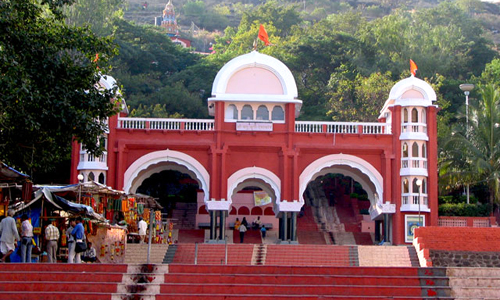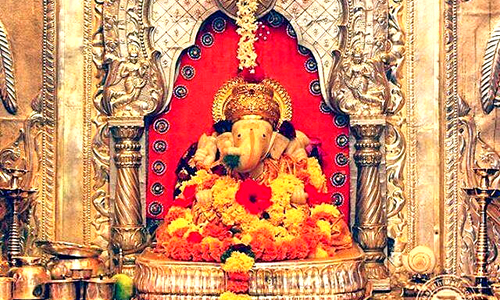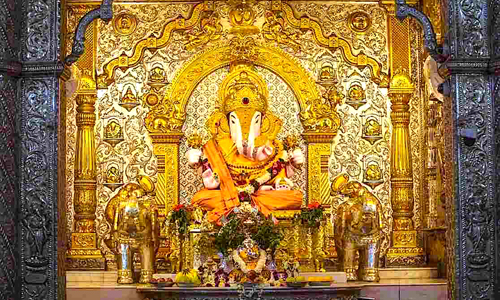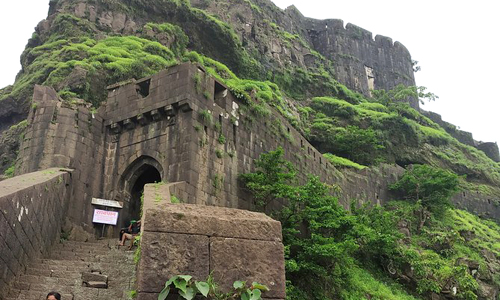Based on its name, the Kelkar Museum was founded in 1962 by Baba Dinkar Kelkar. The Raja Dinkar Kelkar Museum is one of the most famous places to visit in Pune. It is in Shukawar Peth, on the Bajirao Road. At the moment, the Department of Archaeology, Government of Maharashtra, is in charge of it.
Must-Visit Galleries in Raja Dinkar Kelkar Museum
Most of the 20,000 items in the Raja Dinkar Kelkar Museum come from different parts of the world and were gathered by Baba Kelkar. He built this museum in memory of his son, who passed away at just seven years old. Today, only 25,000 of the items are on display to the public. Many Pune tour packages include this museum as a cultural highlight for visitors.
It took him almost 40 years to put together the things that were shown. By 1960, he had almost 15,000 items ready to put on show in the museum. In 1962, he submitted his collection to the Department of Archaeology, and it is now on display in the museum.
At the Raja Dinkar Kelkar Museum in Pune, you can see a huge collection of musical instruments, Mughal lamps, paintings, and other antiques. The museum also has paintings of scenes from the epic Ramayana, nutcrackers, Ganpati's guns, carved palace doors, an excellent pottery collection, and vessels made of terracotta, copper, brass, and other materials. The museum also has images of Goddess Parvati, Lord Ganesha, and Lord Shiva.
The Story Behind Raja Dinkar Kelkar Museum
In honour of his only son, Raja Dinkar, Dr. Dinkar G. Kelkar opened the museum in 1962. From 1920 to 1960, he began collecting objects. He would first show these things to his loved ones. His collection started to expand even further with assistance from the state and local governments. He gave the Government of Maharashtra all of his collection in 1975.
Folk Art, Musical Instruments, and Everyday Objects
The Raja Dinkar Kelkar Museum in Pune is a lively tribute to India's folk traditions, musical history, and everyday art. Dr Dinkar G. Kelkar set up the museum in memory of his son Raja. It has more than 20,000 artefacts, and about 2,500 are always on display.
Everyday Things and Folk Art The museum does a great job of showing off everyday things, like intricately carved doors and utensils, traditional lamps, puppets, and textiles. Most of these things are from the 18th and 19th centuries and show the traditions, beliefs, and skills of people living in rural and urban India.
Instruments of Music The museum's collection of rare Indian musical instruments is one of the best parts. The gallery shows both classical and folk traditions through instruments like the tanpura, sarangi, and flutes that were once played by famous people like Pt Pannalal Ghosh. There are four main types of instruments: string (tat), percussion (avanaddha), wind (sushira), and solid (ghan).
There are also handmade wooden doors and windows from Rajasthan, Gujarat, Kerala, and Karnataka in the museum. The main thing to see is the Mastani Mahal. The Institute of Musicology and Fine Arts, as well as research and storage spaces, are in other buildings in the complex.
Visitor Information: Timings, Tickets, and Tips
Timing: The museum is open every day from 10:00 AM to 5:30 PM, even on holidays like Republic Day, Independence Day, and Anant Chaturdashi.
Duration: Most people spend one to two hours looking at the museum's interesting collection of artefacts.
Tips for Visitors
• Go on a weekday to avoid big crowds.
• You can take pictures inside, but be sure to read the rules about cameras at the door.
• The museum has three floors of exhibits, so wear shoes that are comfortable.


